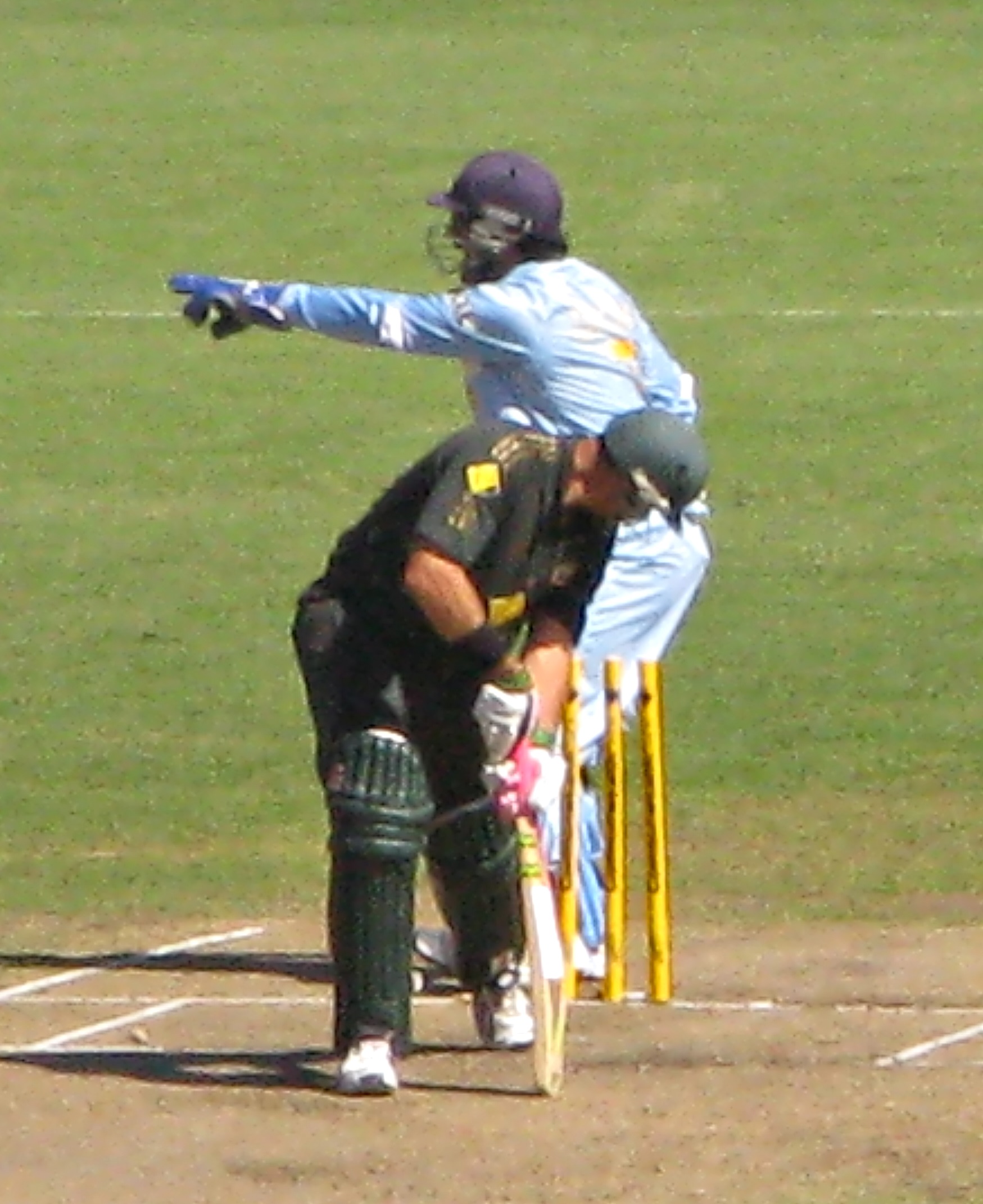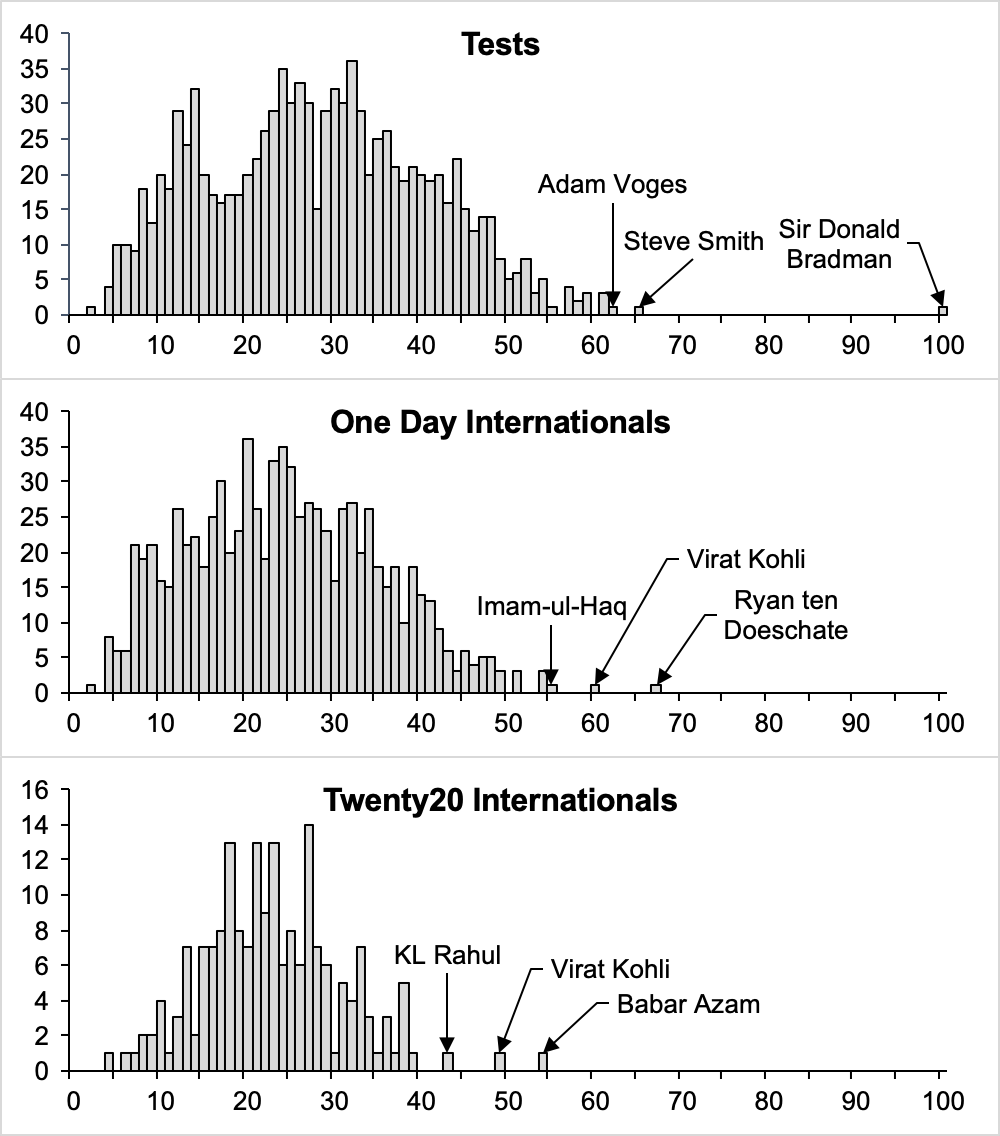|
William Davidson (Sussex Cricketer)
William Watkins Davidson (20 March 1920 – 26 May 2015) was an English cricketer. Bill Davidson was born at Poplar, London, and was educated at Brighton College before going up to Wadham College, Oxford, to study theology. In the Second World War he served in the Army in Burma and Malaya.''Wisden'' 2016, p. 204. A wicket-keeper and tail-end right-handed batsman, Davidson made his first-class debut for Oxford University Cricket Club against Gloucestershire in 1947. He made fifteen further first-class appearances for the university, the last of which came against Cambridge University at The University Match at Lord's in 1948. In his sixteen first-class appearances for the university, Davidson scored 65 runs at an average of 6.50, with a high score of 18 not out. Behind the stumps he took 22 catches and made 5 stumpings. In 1948 Davidson made his first-class debut for Sussex against Essex in the County Championship. He made four further first-class appearances for the coun ... [...More Info...] [...Related Items...] OR: [Wikipedia] [Google] [Baidu] |
Poplar, London
Poplar is a district in East London, England, the administrative centre of the London Borough of Tower Hamlets, borough of Tower Hamlets. Five miles (8 km) east of Charing Cross, it is part of the East End of London, East End. It is identified as a major district centre in the London Plan, with its district centre being Chrisp Street Market, a significant commercial and retail centre surrounded by extensive residential development. Poplar includes Poplar Baths, Blackwall Yard and Trinity Buoy Wharf and the locality of Blackwall, London, Blackwall. Originally part of the Stepney#Manor and Ancient Parish, Manor and Ancient Parish of Stepney, the ''Hamlet of Poplar'' had become an autonomous area of Stepney by the 17th century, and an independent parish in 1817. The Hamlet and Parish of Poplar included Blackwall, London, Blackwall and the Isle of Dogs. After a series of mergers, Poplar became part of the London Borough of Tower Hamlets in 1965. History Origin and administrati ... [...More Info...] [...Related Items...] OR: [Wikipedia] [Google] [Baidu] |
First-class Cricket
First-class cricket, along with List A cricket and Twenty20 cricket, is one of the highest-standard forms of cricket. A first-class match is one of three or more days' scheduled duration between two sides of eleven players each and is officially adjudged to be worthy of the status by virtue of the standard of the competing teams. Matches must allow for the teams to play two innings each, although in practice a team might play only one innings or none at all. The etymology of "first-class cricket" is unknown, but it was used loosely before it acquired official status in 1895, following a meeting of leading English clubs. At a meeting of the Imperial Cricket Conference (ICC) in 1947, it was formally defined on a global basis. A significant omission of the ICC ruling was any attempt to define first-class cricket retrospectively. That has left historians, and especially statisticians, with the problem of how to categorise earlier matches, especially those played in Great Britain be ... [...More Info...] [...Related Items...] OR: [Wikipedia] [Google] [Baidu] |
Vicar
A vicar (; Latin: ''vicarius'') is a representative, deputy or substitute; anyone acting "in the person of" or agent for a superior (compare "vicarious" in the sense of "at second hand"). Linguistically, ''vicar'' is cognate with the English prefix "vice", similarly meaning "deputy". The title appears in a number of Christian ecclesiastical contexts, but also as an administrative title, or title modifier, in the Roman Empire. In addition, in the Holy Roman Empire a local representative of the emperor, perhaps an archduke, might be styled "vicar". Roman Catholic Church The Pope uses the title ''Vicarius Christi'', meaning the ''vicar of Christ''. In Catholic canon law, ''a vicar is the representative of any ecclesiastic'' entity. The Romans had used the term to describe officials subordinate to the praetorian prefects. In the early Christian churches, bishops likewise had their vicars, such as the archdeacons and archpriests, and also the rural priest, the curate who had the ... [...More Info...] [...Related Items...] OR: [Wikipedia] [Google] [Baidu] |
1951 County Championship
The 1951 County Championship was the 52nd officially organised running of the County Championship, and ran from 5 May to 4 September 1951. Warwickshire County Cricket Club claimed their second title. Table *12 points for a win *6 points to each side in a match in which scores finish level *4 points for first innings lead in a lost or drawn match *2 points for tie on first innings in a lost or drawn match ''Note: Pld = Played, W = Wins, L = Losses, LWF = Lost but won on 1st innings, DWF = Won on 1st innings in drawn match, DTF = Tied on 1st innings in drawn match, DLF = Lost on 1st innings in drawn match, ND = No Decision on 1st innings, Pts = Points, (C) = Champions.'' Statistics See also * 1951 English cricket season References External links County Championship, 1951at Cricinfo {{County Championship seasons County Championship The County Championship (referred to as the LV= Insurance County Championship for sponsorship reasons) is the domestic first-class ... [...More Info...] [...Related Items...] OR: [Wikipedia] [Google] [Baidu] |
County Championship
The County Championship (referred to as the LV= Insurance County Championship for sponsorship reasons) is the domestic first-class cricket competition in England and Wales and is organised by the England and Wales Cricket Board (ECB). It became an official title in 1890. The competition consists of eighteen clubs named after, and representing historic counties, seventeen from England and one from Wales. The earliest known inter-county match was played in 1709. Until 1889, the concept of an unofficial county championship existed whereby various claims would be made by or on behalf of a particular club as the "Champion County", an archaic term which now has the specific meaning of a claimant for the unofficial title prior to 1890. In contrast, the term "County Champions" applies in common parlance to a team that has won the official title. The most usual means of claiming the unofficial title was by popular or press acclaim. In the majority of cases, the claim or proclamation w ... [...More Info...] [...Related Items...] OR: [Wikipedia] [Google] [Baidu] |
Essex County Cricket Club
Essex County Cricket Club is one of eighteen first-class county clubs within the domestic cricket structure of England and Wales. It represents the historic county of Essex. Founded in 1876, the club had minor county status until 1894 when it was promoted to first-class status pending its entry into the County Championship in 1895, since then the team has played in every top-level domestic cricket competition in England. Essex currently play all their home games at the County Cricket Ground, Chelmsford. The club has formerly used other venues throughout the county including Lower Castle Park in Colchester, Valentines Park in Ilford, Leyton Cricket Ground, the Gidea Park Sports Ground in Romford, and Garon Park and Southchurch Park, both in Southend. Its limited overs team is called the Essex Eagles. Honours First XI honours * County Championship (8) – 1979, 1983, 1984, 1986, 1991, 1992, 2017, 2019 :''Division Two'' (3) – 2002, 2016, 2021 * Sunday/Pro 40 League (5) � ... [...More Info...] [...Related Items...] OR: [Wikipedia] [Google] [Baidu] |
Stumping
Stumped is a method of dismissing a batsman in cricket, which involves the wicket-keeper putting down the wicket while the batsman is out of his ground. (The batsman leaves his ground when he has moved down the pitch beyond the popping crease, usually in an attempt to hit the ball). The action of stumping can only be performed by a wicket-keeper, and can only occur from a legitimate delivery (i.e. not a no-ball), while the batsman is not attempting a run; it is a special case of a run out. Being "out of his ground" is defined as not having any part of the batsman's body or his bat touching the ground behind the crease – i.e., if his bat is slightly elevated from the floor despite being behind the crease, or if his foot is on the crease line itself but not completely across it and touching the ground behind it, then he would be considered out (if stumped). One of the fielding team (such as the wicket-keeper himself) must appeal for the wicket by asking the umpire. The appeal ... [...More Info...] [...Related Items...] OR: [Wikipedia] [Google] [Baidu] |
Catch (cricket)
Caught is a method of dismissing a batsman in cricket. A batsman is out caught if the batsman hits the ball, from a legitimate delivery, with the bat, and the ball is caught by the bowler or a fielder before it hits the ground. If the ball hits the stumps after hitting the wicket-keeper, If the wicket-keeper fails to do this, the delivery is a "no ball", and the batsman cannot be stumped (nor run out, unless he attempts to run to the other wicket.) If the catch taken by the wicket-keeper,then informally it is known as caught behind or caught at the wicket. A catch by the bowler is known as caught and bowled. This has nothing to do with the dismissal bowled but is rather a shorthand for saying the catcher and bowler are the same player. (The scorecard annotation is usually ''c. and b.'' or ''c&b'' followed by the bowler's name.) Caught is the most common method of dismissal at higher levels of competition, accounting for 36,190 Test match dismissals between 1877 and 2012, wh ... [...More Info...] [...Related Items...] OR: [Wikipedia] [Google] [Baidu] |
Stumps
In cricket, the stumps are the three vertical posts that support the bails and form the wicket. '' Stumping'' or ''being stumped'' is a method of dismissing a batsman. The umpire ''calling stumps'' means the play is over for the day. Part of the wicket The stumps are three vertical posts which support two bails. The stumps and bails are usually made of wood, most commonly ash, and together form a wicket at each end of the pitch. The overall width of each wicket is 9 inches (22.9 cm). Each stump is 28 inches (71.1 cm) tall with maximum and minimum diameters of 1 inches (3.81 cm) and 1 inches (3.49 cm). They have a spike at one end for inserting into the ground, and the other end has a U-shaped 'through groove' to provide a resting place for the bails. In junior cricket the items have lesser dimensions. Each stump is referred to by a specific name: * Off stump is the stump on the off side of the wicket (the same side as the batsman's bat). * Mid ... [...More Info...] [...Related Items...] OR: [Wikipedia] [Google] [Baidu] |
Not Out
In cricket, a batter is not out if they come out to bat in an innings and have not been dismissed by the end of an innings. The batter is also ''not out'' while their innings is still in progress. Occurrence At least one batter is not out at the end of every innings, because once ten batters are out, the eleventh has no partner to bat on with so the innings ends. Usually two batters finish not out if the batting side declares in first-class cricket, and often at the end of the scheduled number of overs in limited overs cricket. Batters further down the batting order than the not out batters do not come out to the crease at all and are noted as ''did not bat'' rather than ''not out''; by contrast, a batter who comes to the crease but faces no balls is ''not out''. A batter who ''retires hurt'' is considered not out; an uninjured batter who retires (rare) is considered ''retired out''. Notation In standard notation a batter's score is appended with an asterisk to show the ... [...More Info...] [...Related Items...] OR: [Wikipedia] [Google] [Baidu] |
Batting Average (cricket)
In cricket, a player's batting average is the total number of runs they have scored divided by the number of times they have been out, usually given to two decimal places. Since the number of runs a player scores and how often they get out are primarily measures of their own playing ability, and largely independent of their teammates, batting average is a good metric for an individual player's skill as a batter (although the practice of drawing comparisons between players on this basis is not without criticism). The number is also simple to interpret intuitively. If all the batter's innings were completed (i.e. they were out every innings), this is the average number of runs they score per innings. If they did not complete all their innings (i.e. some innings they finished not out), this number is an estimate of the unknown average number of runs they score per innings. Each player normally has several batting averages, with a different figure calculated for each type of match ... [...More Info...] [...Related Items...] OR: [Wikipedia] [Google] [Baidu] |
Lord's
Lord's Cricket Ground, commonly known as Lord's, is a cricket venue in St John's Wood, London. Named after its founder, Thomas Lord, it is owned by Marylebone Cricket Club (MCC) and is the home of Middlesex County Cricket Club, the England and Wales Cricket Board (ECB), the European Cricket Council (ECC) and, until August 2005, the International Cricket Council (ICC). Lord's is widely referred to as the ''Home of Cricket'' and is home to the world's oldest sporting museum. Lord's today is not on its original site; it is the third of three grounds that Lord established between 1787 and 1814. His first ground, now referred to as Lord's Old Ground, was where Dorset Square now stands. His second ground, Lord's Middle Ground, was used from 1811 to 1813 before being abandoned to make way for the construction through its outfield of the Regent's Canal. The present Lord's ground is about north-west of the site of the Middle Ground. The ground can hold 31,100 spectators, the capacity ... [...More Info...] [...Related Items...] OR: [Wikipedia] [Google] [Baidu] |





